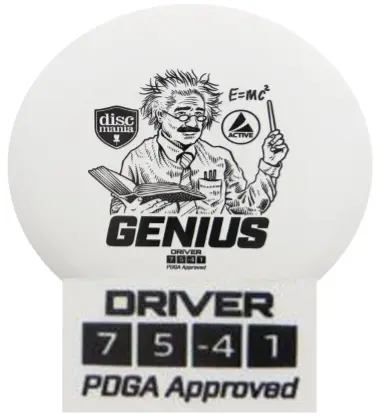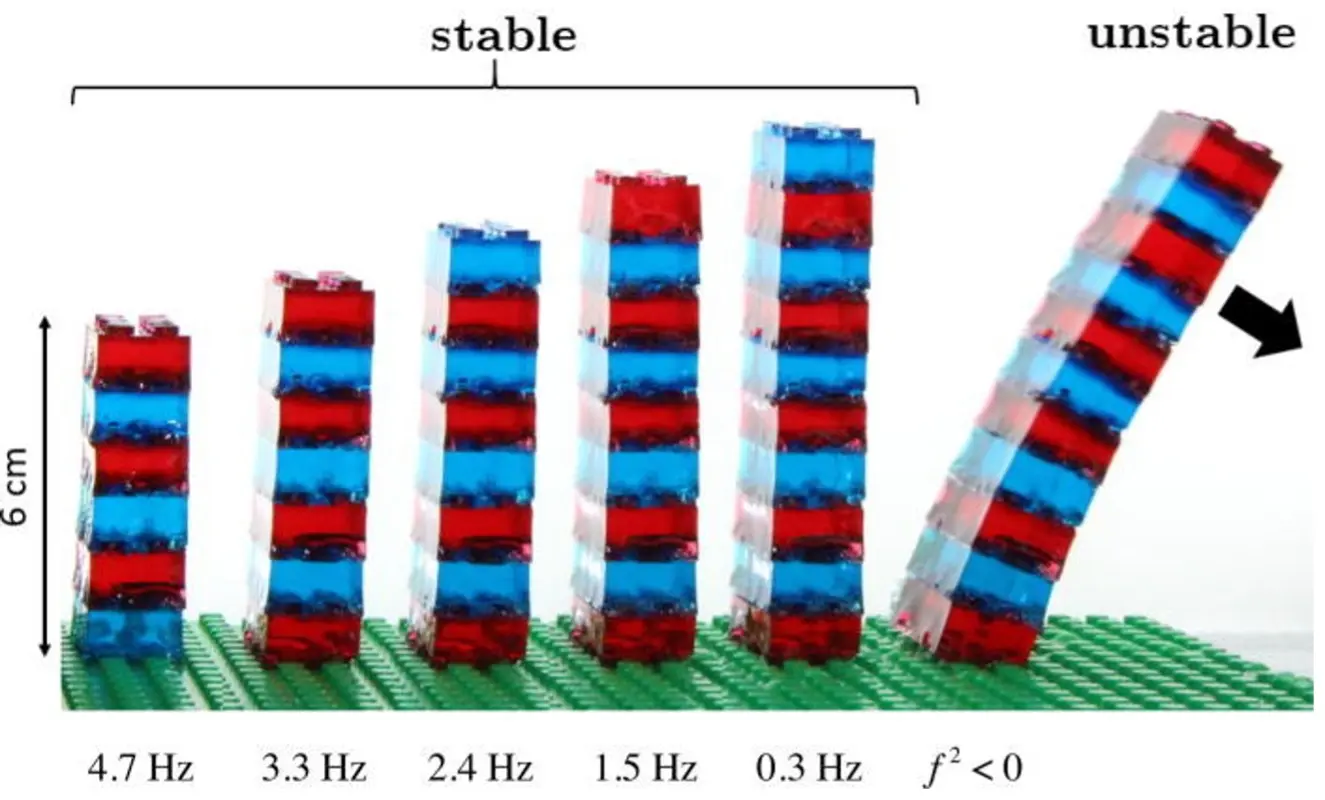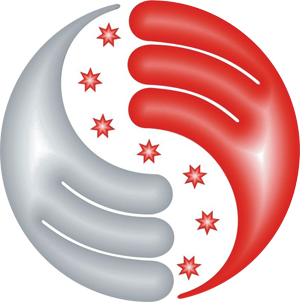Information
-
Dates
Saturday, February 1 - Sunday, February 2
-
Host Institution
Rye Country Day School & Trinity School
-
Location
Problems
Sizzler Noise Magnets
A classic inexpensive toy sold at dollar stores is the Sonic Sound Sizzler Magnets. Each pack contains a pair of cigar-shaped magnets, which make a sizzling sound when thrown together up in the air. How these magnets work, however, is a physics puzzle. Just playing with them leads to a bunch of questions, such as: What is the magnetic field surrounding each one, when it is in isolation? What are the forces, and torques on one magnet due to the other when they are close together? And, of course, why do they sizzle at a particular frequency?
Investigate, both experimentally and theoretically how these magnets interact.
Disc Golf
The fast-growing sport of disc golf employs many flying discs each with quantified flight characteristics. The most common system rates each disc with four numbers called: speed, glide, turn, and fade, which is usually printed on each disc, respectively, as shown 1 . While there must be physics behind each of these numbers, they are measured simply by disc golfers throwing discs and rating them.

Investigate, both experimentally and theoretically, the physics of the flight of golf discs with different flight characteristics. Go into as much depth as you can, but make sure to experimentally test any theory that you present.
Building with Jell-O™
Tall buildings must be strong enough to hold themselves up, yet elastic enough so that they bend, rather than break, in a natural disaster like a hurricane or an earthquake. Common building materials, such as steel, are both strong and elastic. However, it is difficult to notice the effects of elasticity on toy buildings made of Lego™ bricks, but not if the bricks are made of Jell-O™, as in the photo 2 .

Use physical experiments with gelatin, and appropriate scaling relations, to model the stability of real skyscrapers. Clearly justify the scaling relations you used to translate the physical conditions in your laboratory to those in the real world.
A Scintillating Conversation
Why do stars twinkle, and planets not so much? How do modern astronomical telescopes “untwinkle” stars to obtain sharper images? These questions relate to the topic of atmospheric scintillation, which makes stars appear to jump around and affects what astronomers call seeing.
The scintillation or twinkling of starlight can be studied by sweeping the image of a bright star across the field of view of a camera. Even a cell phone has the sensitivity to detect variations in brightness. Characterize scintillation under various viewing conditions. What causes scintillation? Can you model this phenomenon and predict how scintillation varies with atmospheric conditions?
Results
Champion

Cary, NC
Second Place

Andover, MA
Finalists (3rd Place)

Rye, NY

San Mateo, CA

Shenzhen, China

Woodberry Forest, VA
Swartz Trophy Winner (4th Place)

New York, NY
Bibilashvili Medal

San Jose, CA
Jacobs Award

Richmond, VA
5th Place (Alphabetical Order)

Shenzhen, China

Newtown, PA

San Jose, CA

Richmond, VA

Shanghai, China

Exeter, NH

Kairouan, Tunisia

Bishkek, Kyrgyzstan

Tbilisi, Georgia
Footnotes
-
The Discmainia™ Genius disc retails for about $10.00, depending on the type of plastic. Note that discs not only come in different plastics, but also with different masses. Discmaina is a Finnish disc design company whose discs are manufactured in Sweden, China, and the USA. ↩
-
The figure is from: N. Taberlet, et al., “How tall can gelatin towers be? An introduction to elasticity and buckling,” American Journal of Physics 85, 908 (2017). ↩